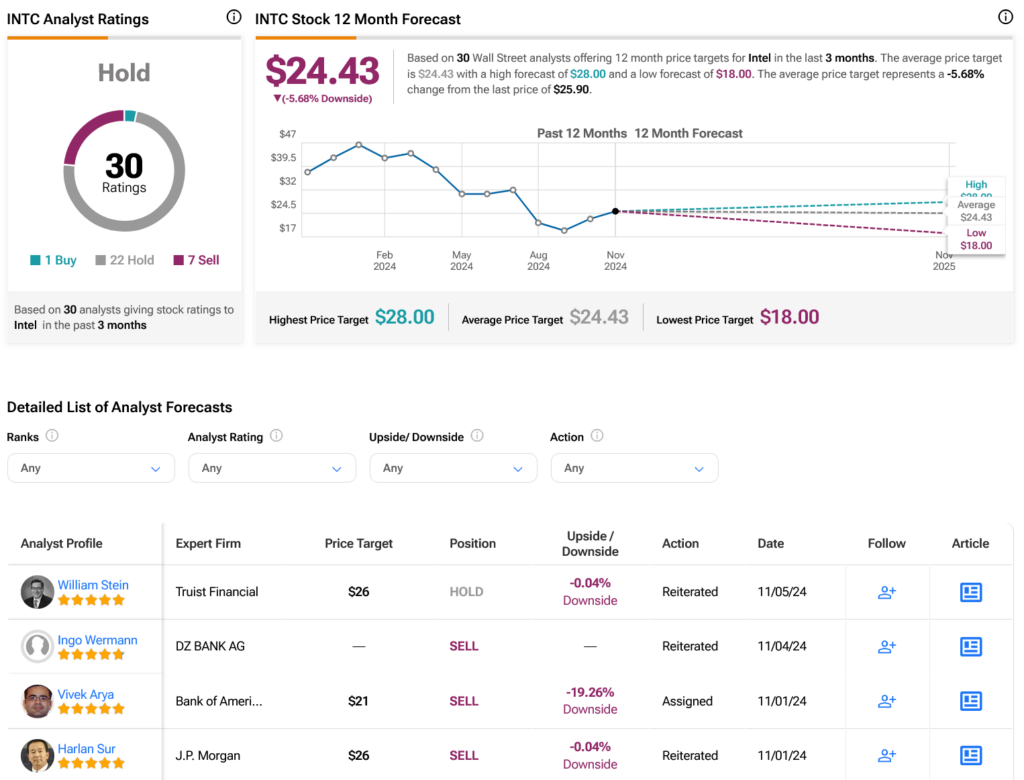Investors eyeing the automotive sector are well aware of the turbulence that has defined this year for car and truck manufacturers. The Dow Jones U.S. Auto Manufacturers Index has taken a substantial hit, down nearly 35% year-to-date (YTD). Tesla (NASDAQ:TSLA), once a beacon of the industry, has shed 38% of its value in the last six months alone. The confluence of rising interest rates and a softening demand for electric vehicles (EVs) has left many questioning when normalcy will return to the sector.
However, amidst the gloom, a glimmer of hope emerges from Good Car Bad Car’s latest automotive data, painting a positive picture for the first quarter. U.S. sales have seen a 4.5% year-over-year (YOY) growth, with imports predominantly driving this surge.
“We believe that manufacturers offering a robust portfolio of PHEV, HEV, and budget-friendly EVs stand poised to reap the rewards of the ongoing recovery in both the economy and the automotive industry since the 2020 shutdowns,” expressed Good Car Bad Car on April 1.
With this optimistic outlook in mind, here are three auto stocks primed for success in Q2 2024.
Hyundai Motor Company (HYMTF)

Source: shutterstock.com/AntonovVitalii
In the realm of auto manufacturers set to shine in 2024, it’s hard to overlook Hyundai Motor Company (OTCMKTS:HYMTF). The company’s North American division reported record-breaking March sales of 76,920 units, marking a 2% increase from the previous year. Leading the charge were noteworthy performers like its electric IONIQ 5 with a 58% surge, the Tucson PHEV boasting a 62% growth, and the Tucson HEV climbing by 48%.
This milestone not only catapulted Hyundai to its best March ever but also paved the way for further successes. Randy Parker, CEO of Hyundai Motor America, expressed elation over the results, citing stellar Q1 total sales driven by models like Palisade, Kona, and IONIQ. In 2023, the company achieved remarkable feats, selling 4.22 million vehicles globally and generating 15.12 trillion South Korean won (USD $10.9 billion) in operating profits.
Toyota Motor (TM)

Source: josefkubes / Shutterstock.com
Toyota Motor (NYSE:TM) has taken a deliberate approach to the EV landscape, opting for a gradual foray that has undoubtedly bolstered its financial standing. By concentrating on hybrids, starting notably with the Prius in 1997, Toyota has marked a departure from the frenzied EV rush, a move not universally welcomed.
While critics question the sustainability of its strategy, Toyota’s financials paint a different picture. The company reported a nine-month operating income of 4.24 trillion Japanese yen (USD $27.41 billion) through March 31, more than doubling the preceding year. Its global vehicle sales of 7.91 million saw 35.9% constituted by electric variants, an 810 basis point increase year over year.
HEVs and PHEVs represented a whopping 97% of its electric vehicle sales during this period, a trend likely to persist in the foreseeable future.
Ford (F)

Source: D K Grove / Shutterstock.com
While Honda Motor (NYSE:HMC) was a contender, Ford (NYSE:F) of the renowned “Big Three” caught our attention. Facing slackened demand, Ford made tough calls in January, trimming its workforce engaged in manufacturing the electric iterations of the popular F-150 trucks. This move followed the announcement in December of halving its 2024 F-150 EV production, impacting 1,400 workers at the Rouge Electric Vehicle Center by transitioning to a single shift.
Profit drives auto manufacturers, not charity. Ford’s reallocation of resources to maximize returns mirrors Toyota’s successful approach. As Ford navigates the transition, with a new shift added at its Michigan assembly plant to cater to demand for conventional gasoline-powered vehicles, analysts ponder CEO Jim Farley’s dual strategy and its efficacy in a rapidly evolving market.
Despite the uncertainties, Farley’s navigational skills underscore Ford’s commitment to shareholders’ interests, ensuring a stable position as one of the premier auto stocks deserving attention. Rev up your investment game – Ford is one gear you won’t want to miss! Vroom, vroom!
On the date of publication, Will Ashworth did not have (either directly or indirectly) any positions in the securities mentioned in this article. The opinions expressed in this article are those of the writer, subject to the InvestorPlace.com Publishing Guidelines.
Will Ashworth has written about investments full-time since 2008. Publications where he’s appeared include InvestorPlace, The Motley Fool Canada, Investopedia, Kiplinger, and several others in both the U.S. and Canada. He particularly enjoys creating model portfolios that stand the test of time. He lives in Halifax, Nova Scotia.
More From InvestorPlace
The post 3 Auto Stocks to Buy Now: Q2 Edition appeared first on InvestorPlace.


